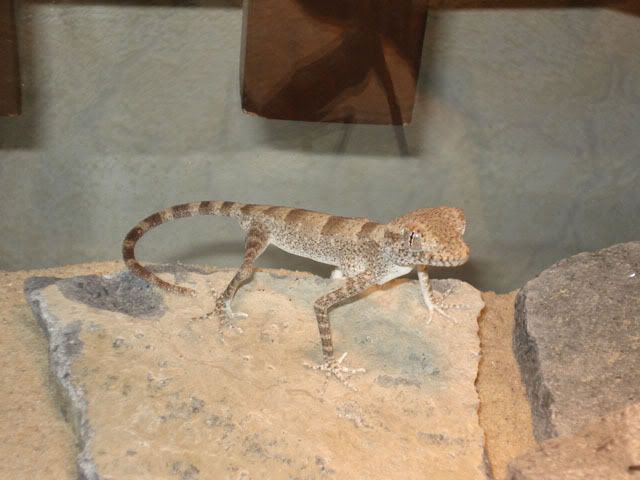I have one male A.persica for a little over 2 months and he stopped eating 7-10 days ago. I don't know if he is WC or CB but he is adult and has fat reserves underneath the front legs, but is looking skinny to me...I will put picture later, he is basking all day and is active and moving also at night...
My question : is it possible for him to eat for a month or more and than suddenly stop because he got parasites or something like that? If they have some problems and loose weight will they loose their reserves first or their body will shrink?
He is from the start in that terrarium alone and the temps are about 40+ on basking spot and he is on sand with rocks put so he can hide and climb a bit. I am very worried, cose I know they are hard to acclimate and I suppose he is WC, cose they are not common CB...
Any thought and suggestions are welcome!
Here is the picture 14 days after I got him:

And here is one picture 2 days old while he was basking:

What do you think?
My question : is it possible for him to eat for a month or more and than suddenly stop because he got parasites or something like that? If they have some problems and loose weight will they loose their reserves first or their body will shrink?
He is from the start in that terrarium alone and the temps are about 40+ on basking spot and he is on sand with rocks put so he can hide and climb a bit. I am very worried, cose I know they are hard to acclimate and I suppose he is WC, cose they are not common CB...
Any thought and suggestions are welcome!
Here is the picture 14 days after I got him:

And here is one picture 2 days old while he was basking:

What do you think?


